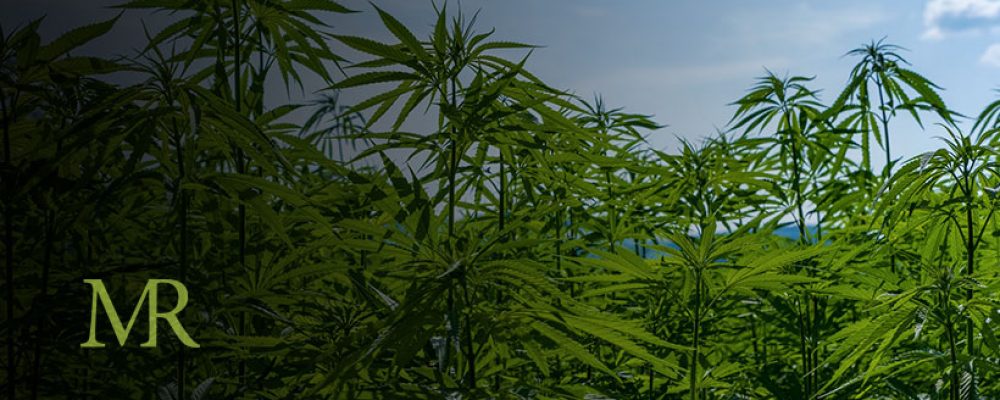Sound the trumpets, because the USDA released its interim hemp rules on October 29. Stakeholders have 60 days to submit comments on the interim hemp rules, and there are several critical components to the rules. Let’s check out the highlights.
Per the rules in the 2018 Farm Bill, states and Indian tribes are required to submit hemp cultivation plans to the USDA. The USDA will review these plans within 60 days of receipt. These plans must include a protocol to collect, maintain, and report information on hemp cultivators, and also includes retaining data on where hemp is produced, along with the status and number of licenses issued. Testing hemp within 15 days of the anticipated harvest is also required, and test samples provided must be considered representative of an entire hemp lot. As part of the interim rules, states and tribes must establish lab standards for hemp testing. States and Tribes can submit amended plans if the USDA doesn’t approve the initial plan proposed, and the USDA has indicated that it will audit state and Tribal plans occasionally.
Hemp producers cannot harvest before sample retention, and the state or tribal agency performing the testing must have unrestricted access to anything (land, buildings, structures) used during the period that hemp is cultivated, processed, and stored on the premises. Additionally, hemp that tests above the magical threshold of 0.3% THC is considered non-compliant and must be reported to the USDA.
And about that producer license thing . . . There’s a caveat; if a state or tribal plan is not approved, aspiring hemp producers can still grow hemp in that state or tribal area under a USDA hemp license — so long as the production of hemp isn’t prohibited by the respective state or Indian tribe.
The USDA will issue hemp producer licenses, and once the rules are published and made official–official in the Federal Register, applicants can apply for these licenses 30 days after that. After that, the USDA will accept applications annually between August 1 and October 31. USDA licenses will be valid until December 31, three years after the license was issued. Said licenses couldn’t be sold, traded, given away or thrown out, and applications are required for each hemp grow location.
All applicants are required to submit both their contact information as well as a criminal history report. Those with felony convictions (state or federal) on the books are banned from participating in the legal hemp industry for ten years. In another ‘but in this case’ situation, there’s a way around this. Felony banishment from the industry playing field is null and void if the felon was lawfully growing hemp under the provisions of the 2014 Farm Bill on or before December 20, 2018.
THC testing was a worrisome subject in the time leading up to the release of the interim rules. USDA licensees are required to submit tests to either a state or federal agency, of a person approved by the USDA to accept tests, within 15 days of harvest. Those licensed by the USDA are subject to inspections and required to maintain specific hemp records, and all non-compliant material (anything with more than 0.3% THC) must be destroyed. And, in an exciting twist, labs that test hemp will also report an MU, or ‘measurement of uncertainty’ and labs that test cannabis for THC must register with the DEA. The USDA is looking at a fee-for-service option that would allow labs to gain approval by the USDA for testing THC.
So now you’ve grown and produced the hemp, how do you get it to the customers? Well, there’s a provision relating to transport in the interim rules. Here’s the scoop: the interim rules prohibit states or tribes from “prohibiting the transportation or shipment of hemp or hemp products produced under a State or Tribal plan,” or produced under a USDA issued license, or under 7 USC. 5940, which is a codification of industrial hemp provisions in the 2014 Farm Bill. What that means in layman’s terms, is that states can’t take hemp passing through their land (ahem, Idaho) produced under the 2014 Farm Bill — as long as its grown and processed in compliance with state law or cultivated by a higher education institution.
There’s plenty of other interim hemp rules, too — they cover hemp violations, the appeal process for hemp licensing, and start to look at how hemp and the Controlled Substances Act intertwine. The takeaway from these interim rules is that it’s indicative that we’re moving toward complete implementation to the 2018 Farm Bill. That’s excellent news and a step in the right direction.


